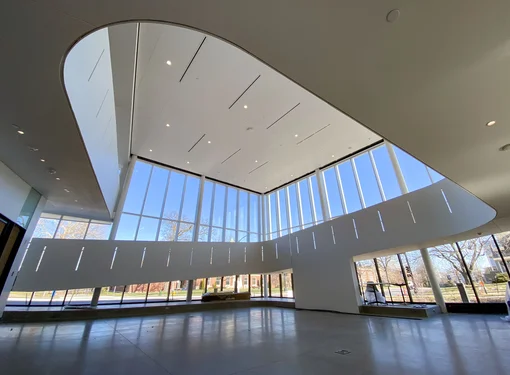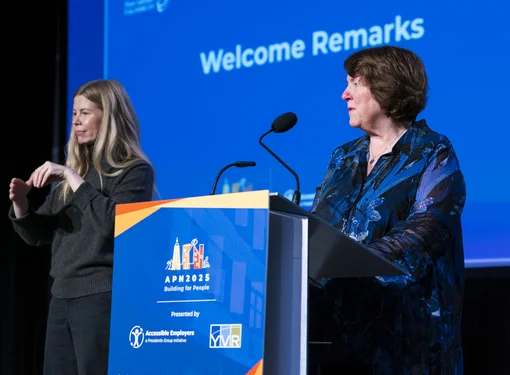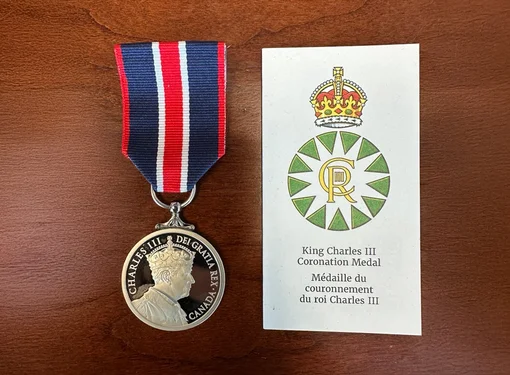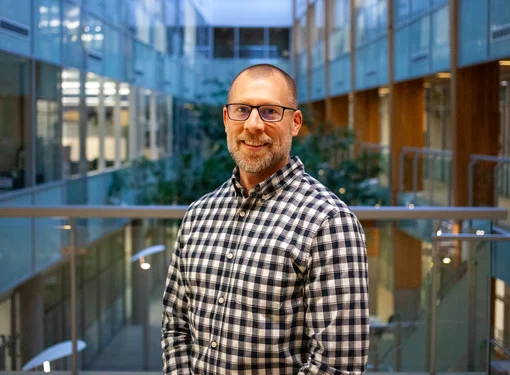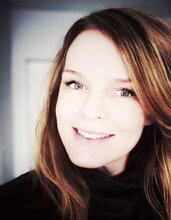One Thing I’d Like You to Know about Living with Cerebral Palsy
One of the most common physical disabilities in Canada is cerebral palsy. Called CP for short, it refers to a group of disorders that affect one’s ability to move and maintain balance. It impacts approximately two to three people out of 1,000. To put this figure into perspective, that’s around 38 people at a sold-out Canucks game at Vancouver’s Rogers Arena or three students in every high school in Toronto.
March 25 is National Cerebral Palsy Awareness Day. The day aims to educate people about the potential of people with disabilities, so the conversation continues about disability inclusion. If we don’t increase our collective understanding, we remain uninformed about a significant segment of our population.
To help build awareness amongst Canadians and acknowledge this important day, the Rick Hansen Foundation is pleased to share the stories of four young people living with Cerebral Palsy. The theme behind their words is One Thing I’d Like You to Know About Living with Cerebral Palsy.
Melissa Lyon

When you see someone who has cerebral palsy, what is the first thing that comes to your mind? For many, the vision may be somewhat negative as you may think of that person as somebody who can’t walk, talk, or do much that is useful. Attitudes like this are one of the biggest barriers to inclusion.
When I was young, doctors said that I would never be able to walk or talk. When I entered school, teachers said that I would never be able to print my name or do the regular school curriculum.
They could not have been more wrong! I have earned a Bachelor’s in Education Degree with distinction and a Master’s Degree in Special Education while earning 29 scholarships. I work at the Cerebral Palsy Association of BC as a disability awareness consultant, at the University of Victoria as a Learning Experience Designer for Accessibility, and at Capilano University as a Continuing Education instructor. I am working towards a black belt in karate in my free time.
These are all things that my previous doctors and teachers had closed the door on for me because of their assumptions. If you take away one thing from this, I want you to remember that even though we have limitations, we also have strengths. Please give people like me a chance. Many of us can make unique contributions to the workplace and society. Take time to get to know us; you may be surprised!
Payton Given

As every person is different, so is every person with CP. Often, I am compared to others because I use a wheelchair. People assume they know things about me because they know an elderly person who uses a wheelchair. I am a 13-year-old girl, not a 75-year-old man!
Another aspect of being a person with a disability is the questions. Again, every person is different and has their different preferences. For me, I would like people to be upfront. For example, I don’t mind if people ask why I use a wheelchair, but I find it rude when somebody blurts out, ‘how do you use the bathroom?’ If you really want to know how I use the bathroom, consider framing the question like ‘I’m just curious, and I hope you don’t mind me asking, but how do you use the bathroom?’ That’s a good way to ask me a question because then I don’t feel stuck, wondering if the person will be rude or hurtful. When I was younger, I didn’t have the voice I do now. I want to use it to eliminate attitudinal and physical barriers to accessibility. We’ve gotten better as a society, but we still have a long way to go.
Alana Jones

I am 25 and was born with cerebral palsy. Life hasn’t been without challenges. Everything has taken longer for me. It took me longer to walk, learn how to ride a bike, write, and pretty much everything. But I did it, and here I am. I graduated from high school and then went to college, where I earned my certificate in office administration, a field in which I now work. Having cerebral palsy opened up the world of Special Olympics to me. I have played basketball for 12 years and am a two-time medalist at the provincial level. Being involved in Special Olympics has allowed me to make friendships with fellow teammates and coaches.
For the last two years, during COVID, I have been an active online member of the BC Cerebral Palsy Association. I attend programs every week – even when I am away on vacation. I have made many new friends through my Friday afternoon social club and movie and karaoke nights.
Although many of the milestones in my life have taken me longer to accomplish, here I am, living my best life.
Luka Garvin
I’m 23 years old and an artist and writer. My friends say that I have a dark sense of humour, wicked fast intelligence, and, if sarcasm were a liquid, I could solve the impending water crisis! As a quadriplegic, cerebral palsy is the box I have to dance within. It is pretty confining, but I have to live with it, even learn to love it. I have always struggled to live up to society’s expectations and work harder to find a purposeful meaning in life.
I need a lot more support from the government than what I currently receive. The sad fact is that every person living with a disability does. We have exorbitantly high unemployment rates, and the comorbidity rates of cerebral palsy and depression are astounding.
My introduction began the way it did because I want you to know that I am a flawed, humorous, intelligent human being. Despite that, I haven’t had as many opportunities to flourish in quite the same manner as my peers. The work of organizations like the Rick Hansen Foundation is important, and society needs real systemic change in terms of the inequalities towards marginalized groups, especially people with disabilities. What able-bodied society considers the default is not the only option. I believe that people with disabilities should be regarded as instrumental in this project to change the world into something better. We have to think outside the box.


